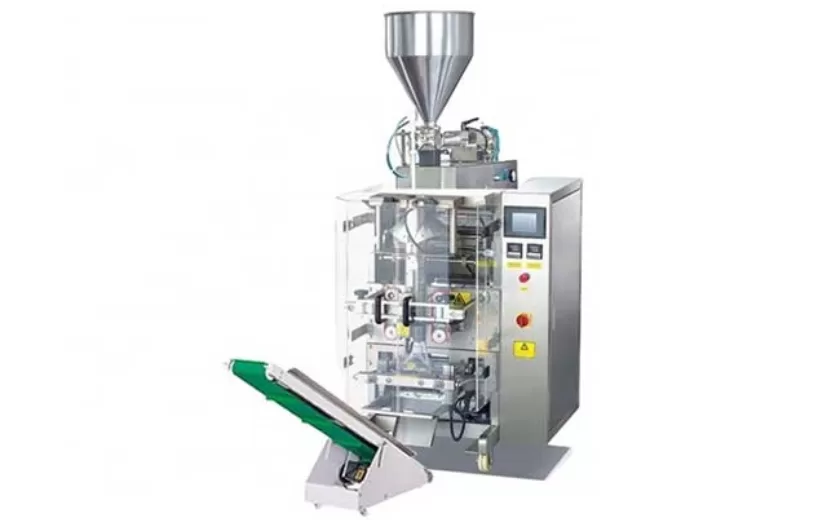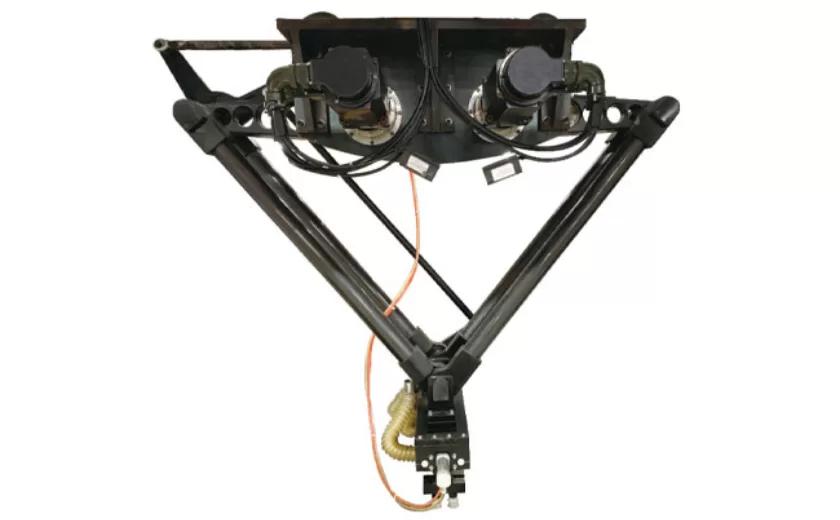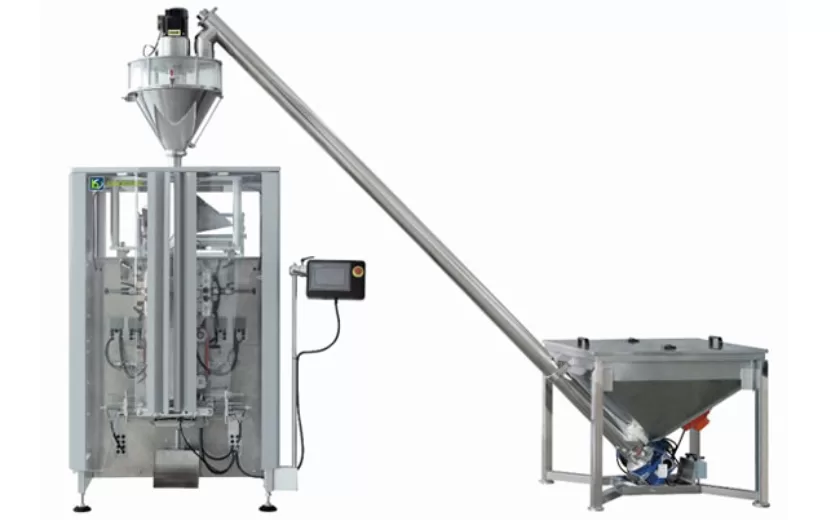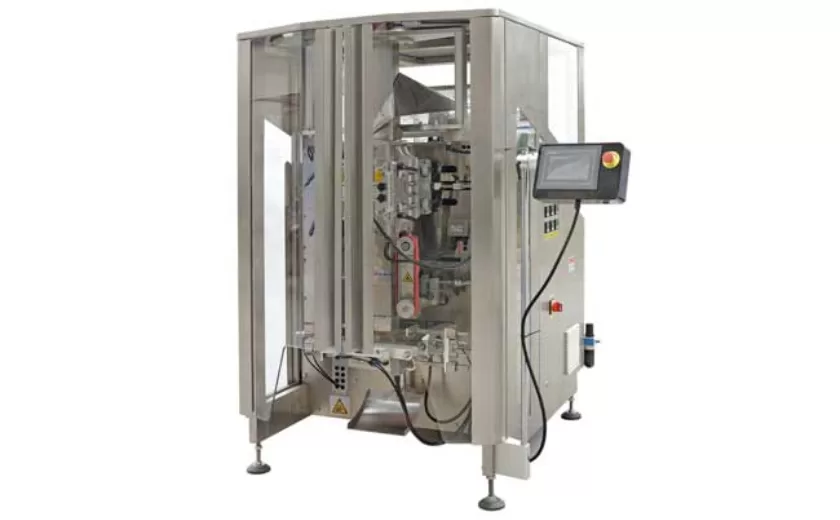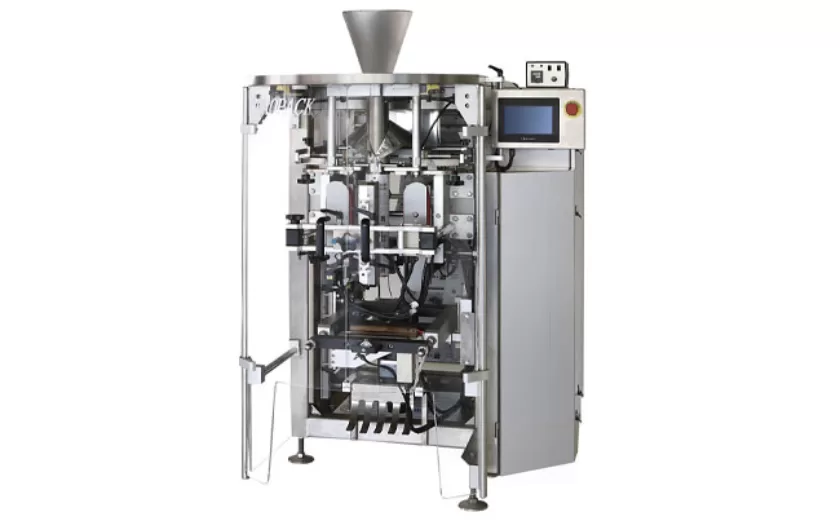How to Maximize Shelf Life with Milk Pouch Packing
Milk pouch packing has become increasingly popular as it offers several advantages over traditional glass bottles. It is lightweight, unbreakable, and has a smaller environmental footprint. However, milk has a relatively short shelf life, which can be affected by various factors such as temperature, sunlight, and oxygen exposure. This article explores several strategies to maximize the shelf life of milk stored in pouch packaging.
Proper Storage and Preservation
Keep refrigerated: Milk should always be stored in the refrigerator at a temperature of 35-40째F (1.7-4.4째C) to inhibit bacterial growth.
Avoid direct sunlight: Exposure to ultraviolet light can degrade milk and shorten its shelf life. Store milk pouches in a cool, dark place away from windows or bright lights.
Protect from oxygen: Oxygen can cause milk to oxidize and turn rancid. Ensure that milk pouches are tightly sealed to prevent air from entering.
Packaging Material
Multilayer film structure: Milk pouch packaging typically consists of multiple layers of plastic film. The outer layer provides protection against puncture and moisture, while the inner layer prevents oxygen permeation.
Oxygen-scavenging layer: Some advanced packaging materials incorporate an oxygen-scavenging layer that actively removes oxygen from the pouch, further extending the shelf life of milk.
Antimicrobial properties: Certain packaging materials have antimicrobial properties that inhibit the growth of bacteria and mold on the surface of the pouch.
Processing and Filling
Ultra-high temperature (UHT) processing: UHT processing subjects milk to high temperatures for a short duration, which effectively eliminates bacteria and spores. This process significantly extends the shelf life of milk without compromising its nutritional value.
Sterile filling: Milk should be filled into pouches under sterile conditions to prevent contamination. This involves using sterile equipment and maintaining a controlled environment during the filling process.
Nitrogen flushing: Nitrogen gas can be introduced into the pouch before filling to displace oxygen and create an inert atmosphere that inhibits bacterial growth.
Post-Filling Handling
Rapid cooling: Immediately after filling, milk pouches should be rapidly cooled to below 40째F (4.4째C) to prevent bacterial growth.
Transportation and distribution: Milk should be transported and distributed in refrigerated conditions at all times. Exposure to higher temperatures during transportation can significantly reduce shelf life.
Consumer handling: Consumers should store milk pouches in the refrigerator and consume them within the specified expiration date. Opening the pouch allows oxygen to enter, shortening the shelf life.
By following these strategies, manufacturers, retailers, and consumers can maximize the shelf life of milk stored in pouch packaging, ensuring its freshness and quality for a longer period.
-
Advanced Packing Solutions: Snacks, Sugar, and Frozen Food Machines
29-10-2025 -
Efficient and Reliable Solutions for Salt, Nuts, and Frozen Dumplings Packing
29-10-2025 -
High-Performance Biscuits, Lollipop, and Ketchup Packing Machines for Modern Food Production
29-10-2025 -
Efficient Liquid Filling and Packing Machines for Modern Production
23-10-2025 -
Reliable Granule Packaging Machines for Efficient Production
23-10-2025 -
Efficient Auger Powder Filling Machines for Accurate Packaging
23-10-2025 -
High-Performance Liquid Filling and Packing Machines for Hygienic Production
10-10-2025 -
High-Efficiency Granule Packaging Machines for Precision and Speed
10-10-2025 -
High-Precision Auger Type Powder Filling Machines for Efficient Packaging
10-10-2025 -
Efficient Vertical Form Fill Seal Packaging Machines for Smart Production
10-10-2025





